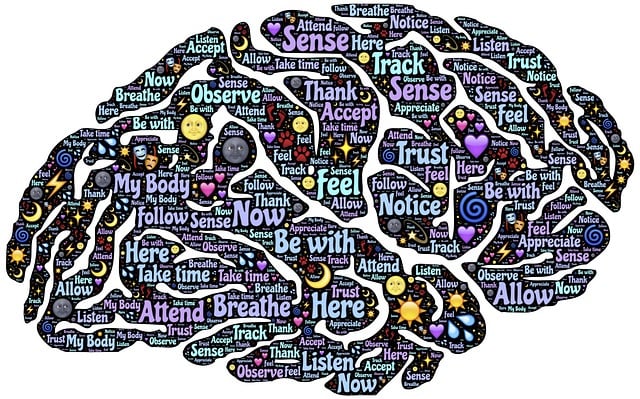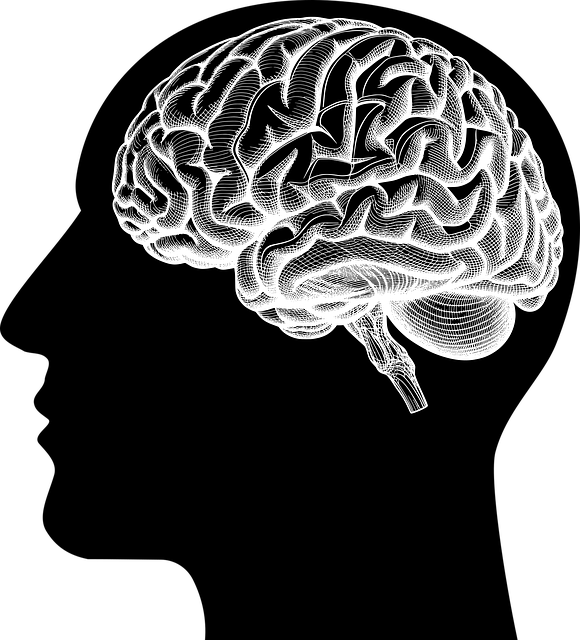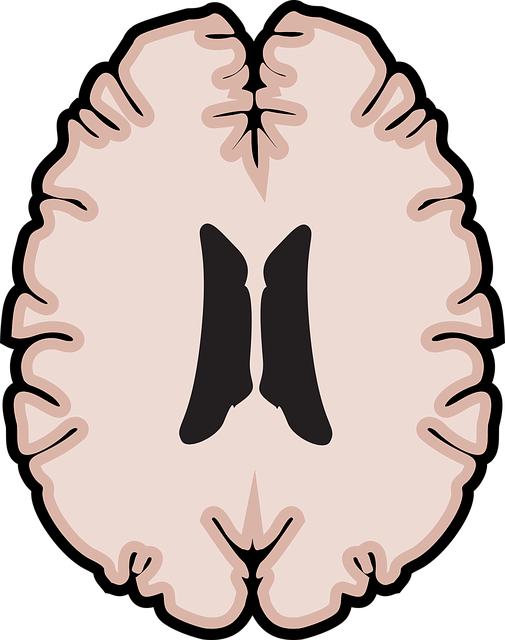Mental health advocacy, exemplified by programs like Greenwood Village Adjustment Disorder Therapy (GVADT), is a powerful force driving awareness, challenging stigma, and fighting for equal access to quality mental health services. Through education, support, policy changes, and therapeutic practices, advocates create inclusive societies that recognize the importance of mental well-being. GVADT's specialized approach focuses on empowering individuals with adjustment disorders by fostering compassion cultivation and risk management planning. A multi-pronged strategy including workshops, community talks, online campaigns, and network building is crucial to reduce stigma, increase understanding, and improve access to care for conditions like Adjustment Disorder.
Mental health advocacy plays a pivotal role in fostering well-being and shaping supportive communities. This article explores the profound impact of such initiatives, using Greenwood Village Adjustment Disorder Therapy as a compelling case study. We delve into effective strategies for these advocates, highlighting their role in promoting mental wellness on an individual and societal level. By understanding advocacy’s power, we can revolutionize support systems and improve lives.
- Understanding Mental Health Advocacy and Its Impact
- Greenwood Village Adjustment Disorder Therapy: A Case Study
- Strategies for Effective Mental Health Advocacy Initiatives
Understanding Mental Health Advocacy and Its Impact

Mental health advocacy is a powerful force for positive change, aiming to raise awareness, challenge stigma, and ensure equal access to quality mental health services. It involves passionate individuals and organizations working together to protect and promote the well-being of others. Through education, support, and policy changes, advocates create a more inclusive society that understands and values the importance of mental health. This collective effort has a profound impact on individuals affected by various mental health conditions, including those seeking Greenwood Village Adjustment Disorder Therapy.
By fostering empathy building strategies and coping skills development, advocacy initiatives empower individuals to navigate their challenges with resilience. They promote burnout prevention by advocating for supportive environments and accessible resources. These efforts contribute to a broader goal of improving mental healthcare infrastructure, ensuring that everyone has the opportunity to thrive and live fulfilling lives.
Greenwood Village Adjustment Disorder Therapy: A Case Study

In the heart of Greenwood Village, a small but impactful initiative has been making waves in mental health advocacy. The Greenwood Village Adjustment Disorder Therapy (GVADT) program is a case study worth examining, as it demonstrates innovative approaches to supporting individuals grappling with adjustment disorders. This therapy focuses on providing specialized care tailored to help clients manage their symptoms and adapt to life’s challenges.
The program incorporates compassion cultivation practices, emphasizing the importance of self-compassion and empathy in mood management. By fostering a safe and supportive environment, GVADT empowers individuals to navigate their emotional struggles effectively. Moreover, it integrates risk management planning for mental health professionals, ensuring that both clients and practitioners are equipped with strategies to mitigate potential risks and promote positive outcomes.
Strategies for Effective Mental Health Advocacy Initiatives

Mental health advocacy initiatives require a multi-faceted approach to be truly effective. Firstly, education is key; raising awareness about mental health issues through workshops, community talks, and online campaigns can help dispel stigma and foster understanding. Involving local businesses, schools, and community leaders in these efforts ensures a broader reach. Secondly, providing platforms for affected individuals to share their stories and experiences can be powerful tools for advocacy. This not only promotes self-awareness but also helps others relate and connect with the cause.
Greenwood Village Adjustment Disorder Therapy, for instance, benefits from initiatives that enhance emotional healing processes by offering safe spaces for expression. Encouraging participation in confidence-boosting activities and self-awareness exercises can empower individuals to take control of their mental well-being. By combining education, personal narratives, and therapeutic practices, advocacy groups can create a supportive network that drives positive change and improves access to quality care, such as that offered in Greenwood Village.
Mental health advocacy initiatives, such as the case study of Greenwood Village Adjustment Disorder Therapy, demonstrate the profound impact of community engagement and support. By employing effective strategies, we can foster inclusive environments that prioritize mental well-being. Adopting these practices on a larger scale is crucial to ensuring everyone has access to the resources they need for a healthier, happier life. Understanding and advocating for mental health are essential steps towards revolutionizing healthcare and creating a more compassionate society.











